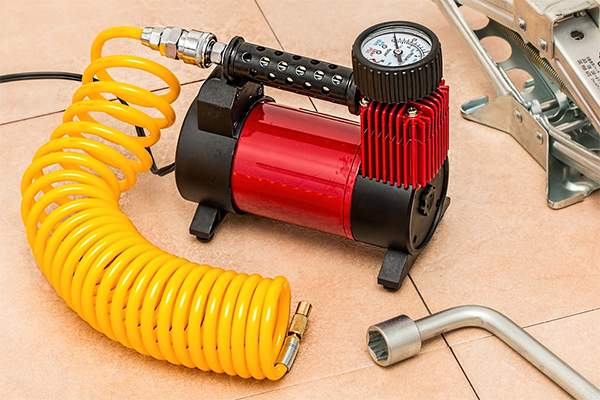Electricity and electrically operated tools are a fundamental part of all industries that directly affect our lives, and yet many of us only have a vague understanding of the amount of power these tools require but don’t worry, we’re here to walk you through the basics.
A commonly used analogy to describe electricity is comparing it to water current; you can think of voltage as the water pressure and amperage as the diameter of the water pipe, while wattage represents the speed of water flowing at that pressure for a specific period of time.
In simple terms, the relationship between watts, amps, and volts is measured through this equation: W=A x V. So how much power do the common electric tools need? Read on to find out.
Air Compressor
Air compressors are used at gas stations, power plants, construction sites, and many more facilities all over the world. An air compressor offers an efficient source of energy generation powered by a high voltage motor and usually requires 3,300 watts of power or more. It’s smaller counterpart can be a lifesaver if you’re ever stuck with a flat tire in the middle of nowhere.
An average portable air compressor uses 1,650 watts to work and is commonly used by craftsmen to power instruments such as air-brushes and nail guns on-the-go. Small compressors are becoming increasingly popular in basements, garages, and home workshops.
Circular Saw
A circular saw is a versatile handheld power tool with a rotating blade that offers high portability. The main purpose of a circular saw is to accurately and quickly cut through wood and other materials. It’s used by craftsmen and DIY enthusiasts working on home renovation projects.
A saw’s cutting power depends on the amount of electricity it uses; an average circular saw needs approximately 1400-1800 watts to work and can either be corded or cordless depending on the type you choose.
Hand-Held Electric Drill
A hand-held electric drill is primarily used for drilling holes or securing two objects together. They can either be corded or have rechargeable batteries. Battery-operated drills are the most commonly used today. An average power drill requires 480-1440 watts depending on the application.
When fitted with special attachments, they can be used for drilling concrete, steel, and other construction materials, as well as stirring heavy liquids. Hand-held drills are used by homeowners and professionals in the construction, remodeling, manufacturing, painting, and furniture industries.
To assess a tool’s efficiency, we must first note the watts of electrical power it uses. The figures mentioned above are approximate representations, and the actual power consumption of your tools may vary from these figures.
A standard of 220 volts is used by most countries for electric outlets. However, the US uses 120 volts so if you want to use your American-made electric devices in other countries, you’ll need an adapter to moderate the voltage.
To avoid damaging the electric circuit or tool altogether, it’s important to check the power tags and test your electric outlets for voltage before using your tools and remember, safety always comes first.





